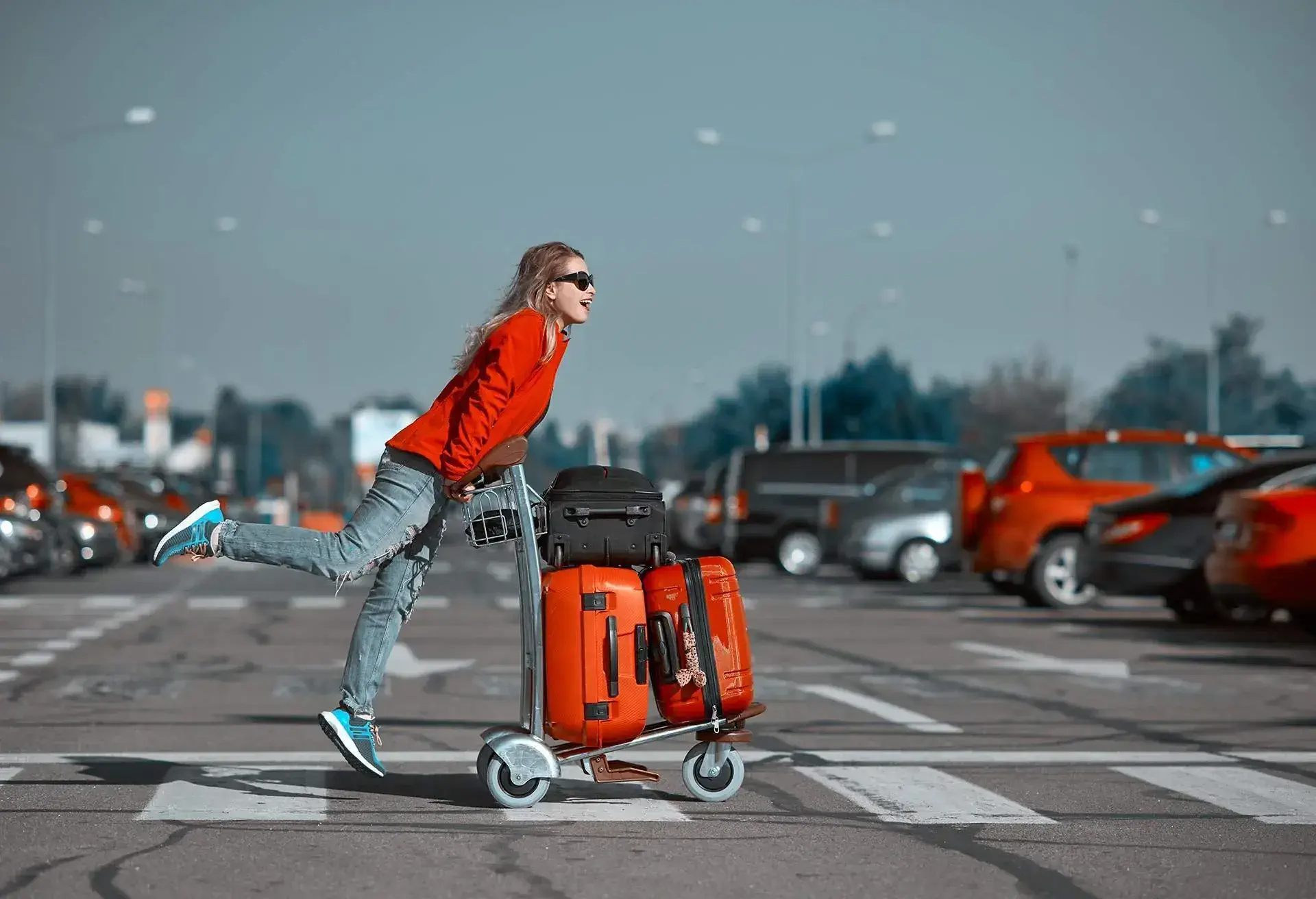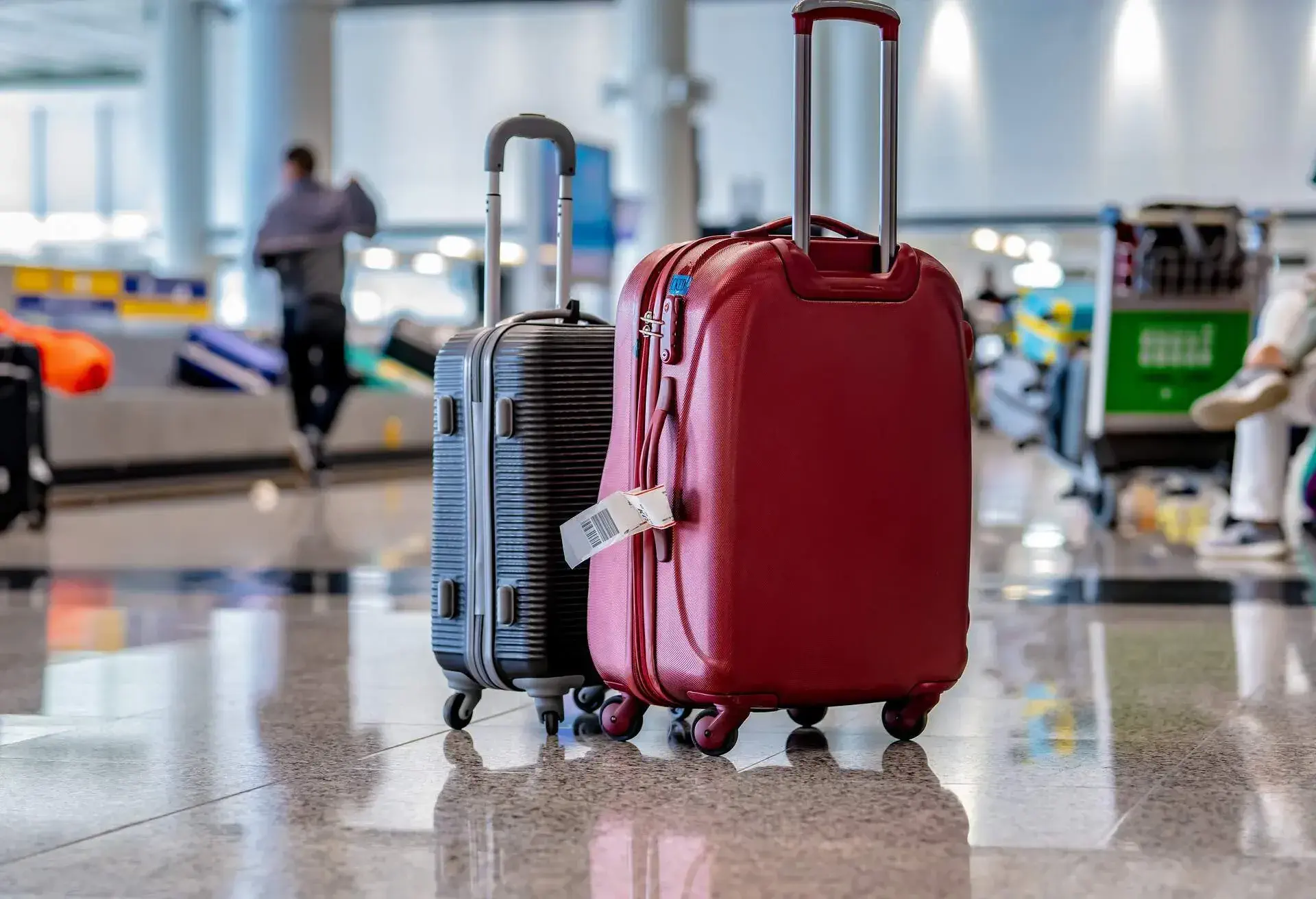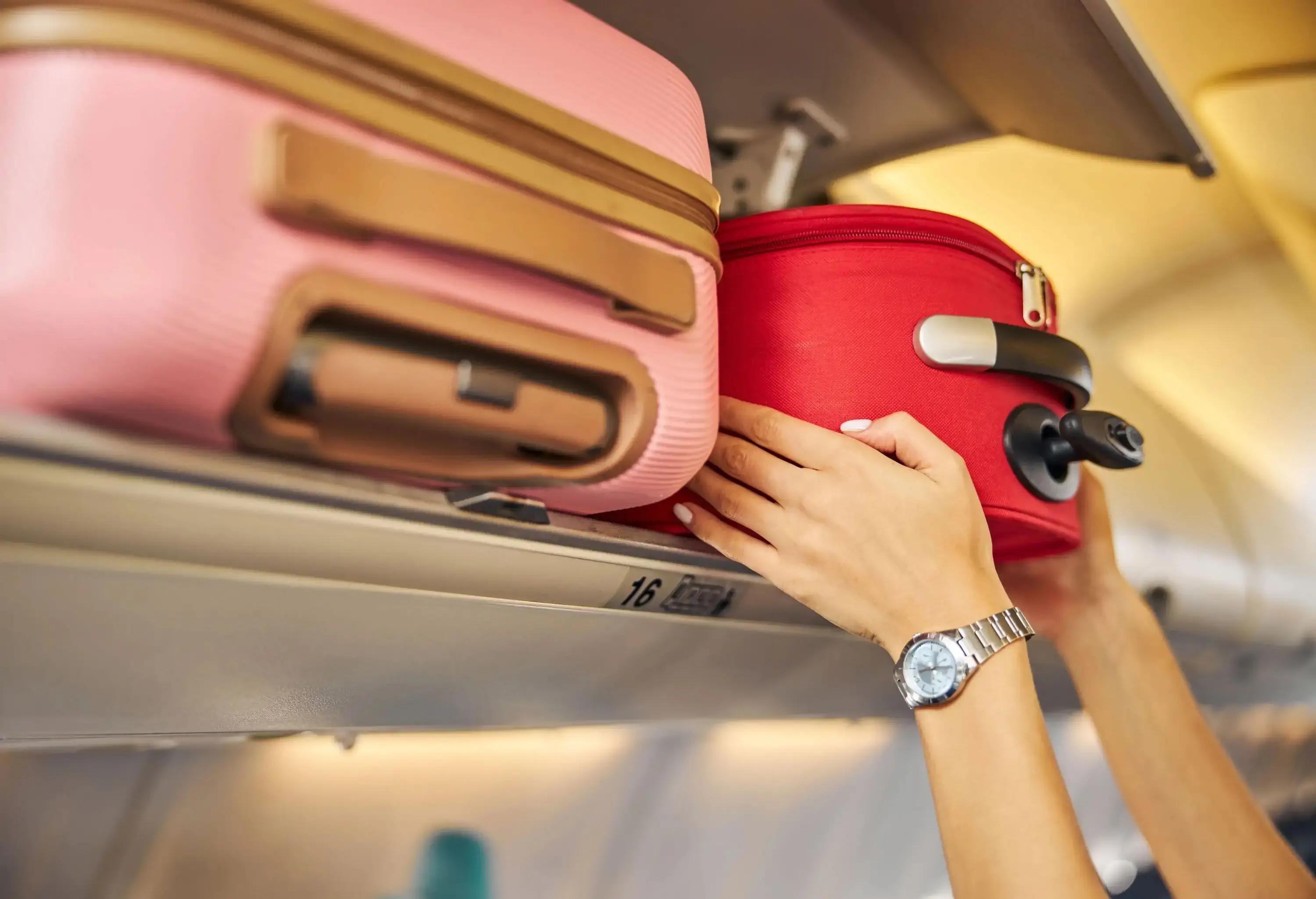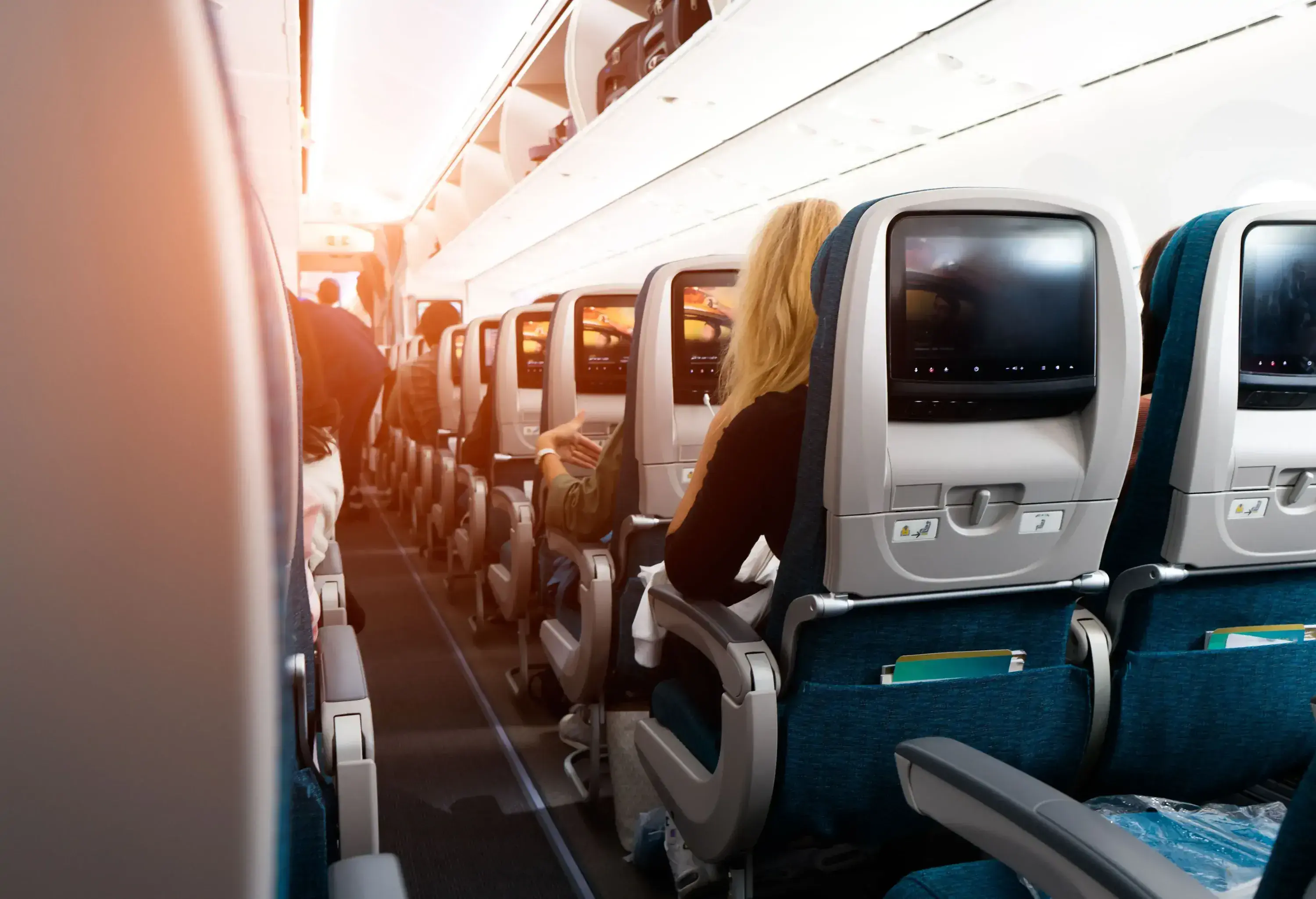You’ve chosen your destination and dates but before you book your plane tickets, you’ll also need to decide what luggage to bring. Knowing the baggage rules before you fly can save you a major headache and, potentially, a fair bit of money at the airport. In this article, I’ve outlined everything you need to know about checked baggage and the relevant rules and regulations.
What is checked baggage?
Once you land at your destination, your checked luggage should be delivered to a carousel in the arrivals area. Checked luggage should arrive soon after you do, but depending on where you fly to and how efficient the baggage handlers are, you may have to wait longer.
What is the weight limit for a checked bag?
Weight limits for checked luggage vary from airline to airline. It can depend on which route you’re travelling and class you’re flying in too.
Typically, the weight limit for an individual checked bag is 23kg. Some Business and First class tickets allowing you to carry two bags up to this weight. Airlines will also let you pay to check in oversized, overweight and excess baggage. Most have a limit of around 31-36kg.
What is a standard size checked bag?
Dimensions for checked baggage vary from airline to airline so it’s important to check with the airline you’re flying with. Typically, the standard size limit for a checked bag is 158cm. This means the measurements of your bag’s height, width and depth must not add up to more than 158cm in total.
How much liquid can you take on a plane in checked baggage?
Great news – there are usually no restrictions as to how much liquid you pack in your checked bag. This applies as long as the bag doesn’t go above the maximum weight allowance. This allows you to pack your favourite beauty items, for example, without having to buy them at the airport or go without.
There are some prohibited liquids in checked baggage to be mindful of, however. For example, hazardous liquids like flammable, toxic or corrosive substances are strictly prohibited by all airlines.
Can you take aerosols on a plane in checked luggage?
With there being strict limitations on what aerosols you can pack in your hand luggage, it can feel confusing to know how the rules change for checked luggage. So, can you fly with aerosols in checked luggage? Absolutely. This enables you to pack full-size items like deodorant to use on your holiday.
Like liquids, there are some prohibited aerosols that must not be packed in checked luggage. Examples include gas cylinders or tear gas – although the average traveller wouldn’t try to pack such items!
What is not allowed in a checked bag?
If you’ve travelled with carry-on luggage, you’ll know there are lots of restrictions in place on what you can and can’t take on board. There are also restrictions on what you can pack in your checked luggage.
The first rule about checked luggage is that you can’t pack anything flammable or explosive. That includes obvious things like fireworks and sparklers, gas canisters and fuels. But it also includes lithium ion batteries, which means no power banks. Vapes and e-cigarettes are also banned from the hold on most flights.
Things you may not expect but that can be checked in include axes, hatchets, knives and other household tools. Alcohol is also permitted, although some airlines impose limits on how much, and liquor shouldn’t be more than 70% alcohol. Many items are allowed in checked luggage but only if you let the airline know in advance.
Remember, you won’t have access to your checked luggage during your flight. Pack everything you’ll need, like medication and valuables, in your carry-on – as long as it’s permitted, of course.
How to fly with checked baggage? Best tips
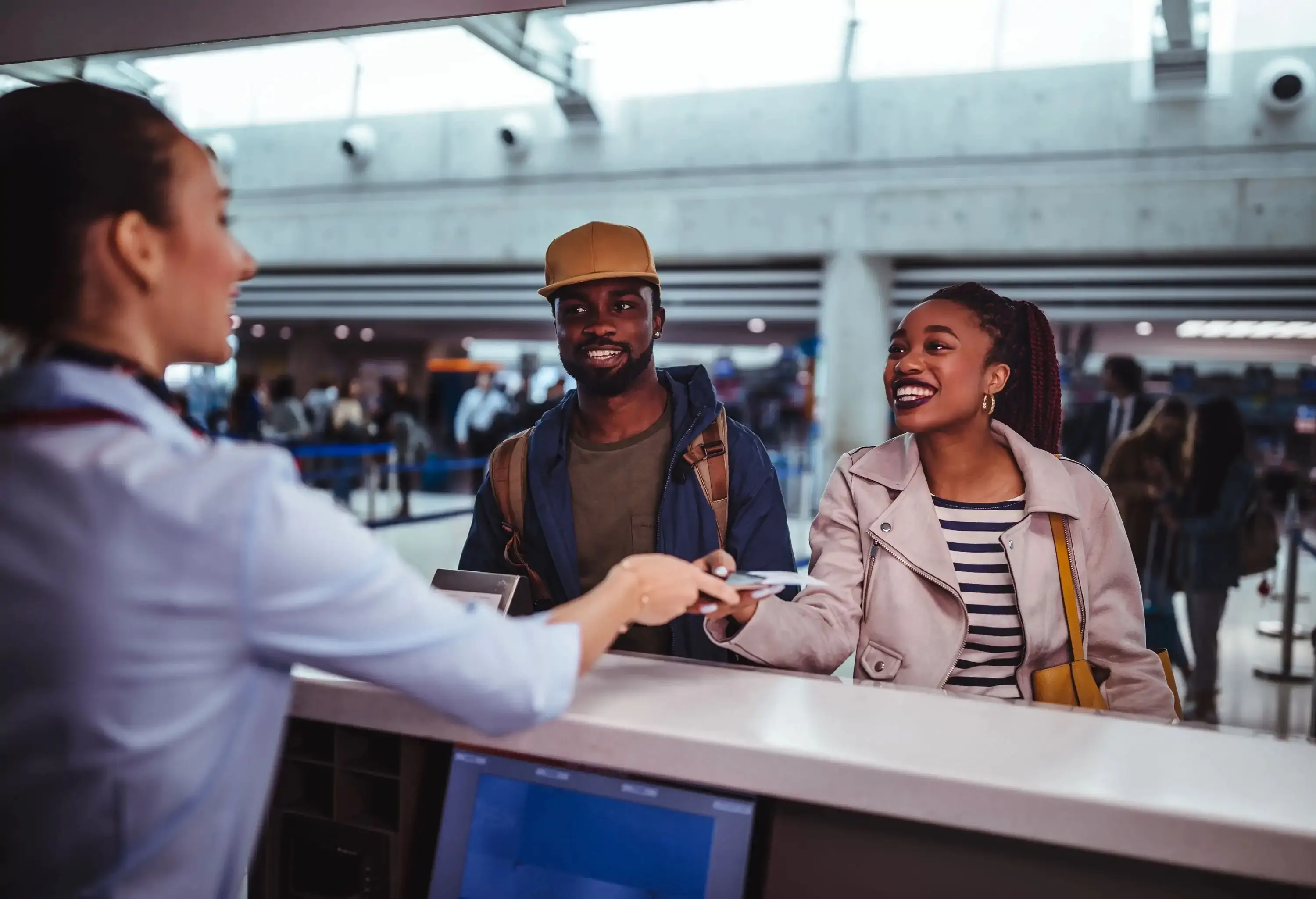
If you are checking bags in, there are some simple tips to follow that will help make your trip smoother.
- Buy a sturdy, hardshell suitcase. We’ve all seen videos of baggage handlers tossing luggage around, which is why it’s worth investing in a quality suitcase that can take the abuse. Modern hardshell cases are light, very strong and better at keeping your precious things intact than a soft shell case that can get crushed in the cargo hold.
- Know your airline’s checked baggage rules. This includes not only dimensions and weight, but also what you’re allowed to pack.
- Take photos of your luggage and what you’ve packed. If it gets lost, the airline will ask for a description of both your case and its contents. Nothing is better than photos!
- Add a tracker to each bag. Products like Apple’s AirTags are a useful way to keep track of your bags and help find them if they’re lost. If you’re using an AirTag, you can often track your luggage right up until it’s in the cargo hold below you on the plane.
- Pack for the worst case scenario. While it’s unlikely the airline will lose your checked baggage, it does happen. Be prepared by packing basic overnight stuff like toiletries as well as a change of clothes in your carry-on. And if you’re flying somewhere hot or where you’ll be swimming, pack for that too.
- Arrive early and fast track it. No one wants to spend longer than they have to at the airport, but you want to avoid rushing. If you’re checking in luggage, get there two hours before a domestic flight and three before an international one. If it’s available, paying a small fee to fast track through security may be the best money you’ll spend all trip.
Common mistakes to avoid with checked baggage
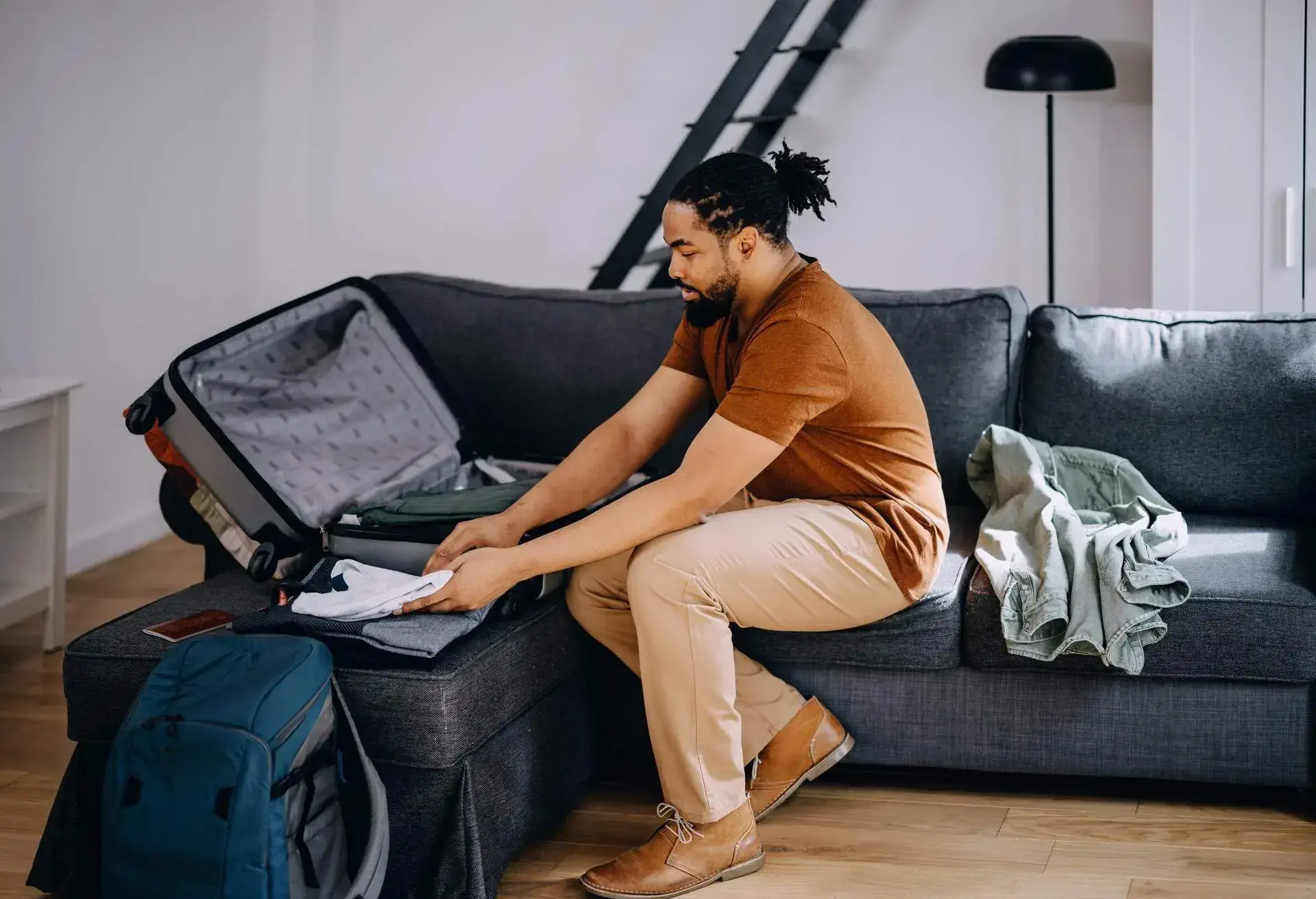
It can be easy to overlook simple things in the rush to pack and make it to the airport on time. Here are some tips to packing checked luggage.
- Don’t wait until the airport to weigh your luggage. Save yourself the torment of finding out you’ve packed too much and now have to rearrange everything in front of everyone or pay the no doubt astronomical excess fee.
- Don’t forget to label your luggage. Yes you’ve slipped your AirTag into your bag, but that doesn’t mean you shouldn’t add a proper tag to the outside too. Include your name and phone number or email, but never your address (you don’t want people knowing your address and that you’re away from home). If your luggage gets lost, it will help the airline identify it more easily.
- Don’t lose the barcode tag. At check-in, the airline rep will give you a small, easy-to-lose barcode sticker in return for your precious luggage (usually they’ll stick it to your passport or plane ticket). Don’t lose it! This can help airlines track your luggage’s intended route should it be lost and is your only proof that you actually checked it in.
- Don’t check in your valuables. House and car keys, travel tickets and documents, jewellery and watches, laptops and electrical goods, and anything fragile should be in your carry-on luggage where you can keep it safe and secure.
Checked baggage FAQs
If you’ve packed too much and your bag is overweight or oversized, you’ll likely need to pay an excess baggage fee to check it in. If it’s only a little over the weight limit, you can try moving some bits to your carry-on or another bag to spread the weight out.
Nowadays, yes. If an airline charges checked baggage fees, you’ll need to pay them each way. Even worse, some low-cost airlines such as Norwegian Air charge per leg, so if you’re making a connection you’ll also need to pay baggage fees for each flight.
Most airlines let you pay for your checked baggage at the check-in desk, although this will always be more expensive than paying for it in advance when you book your flight tickets. If you do need to pay at the airport, make sure you have a credit card with you as cash isn’t usually accepted.
Disclaimer: Prices and information are correct as of 11.04.2025 and may vary with time.

